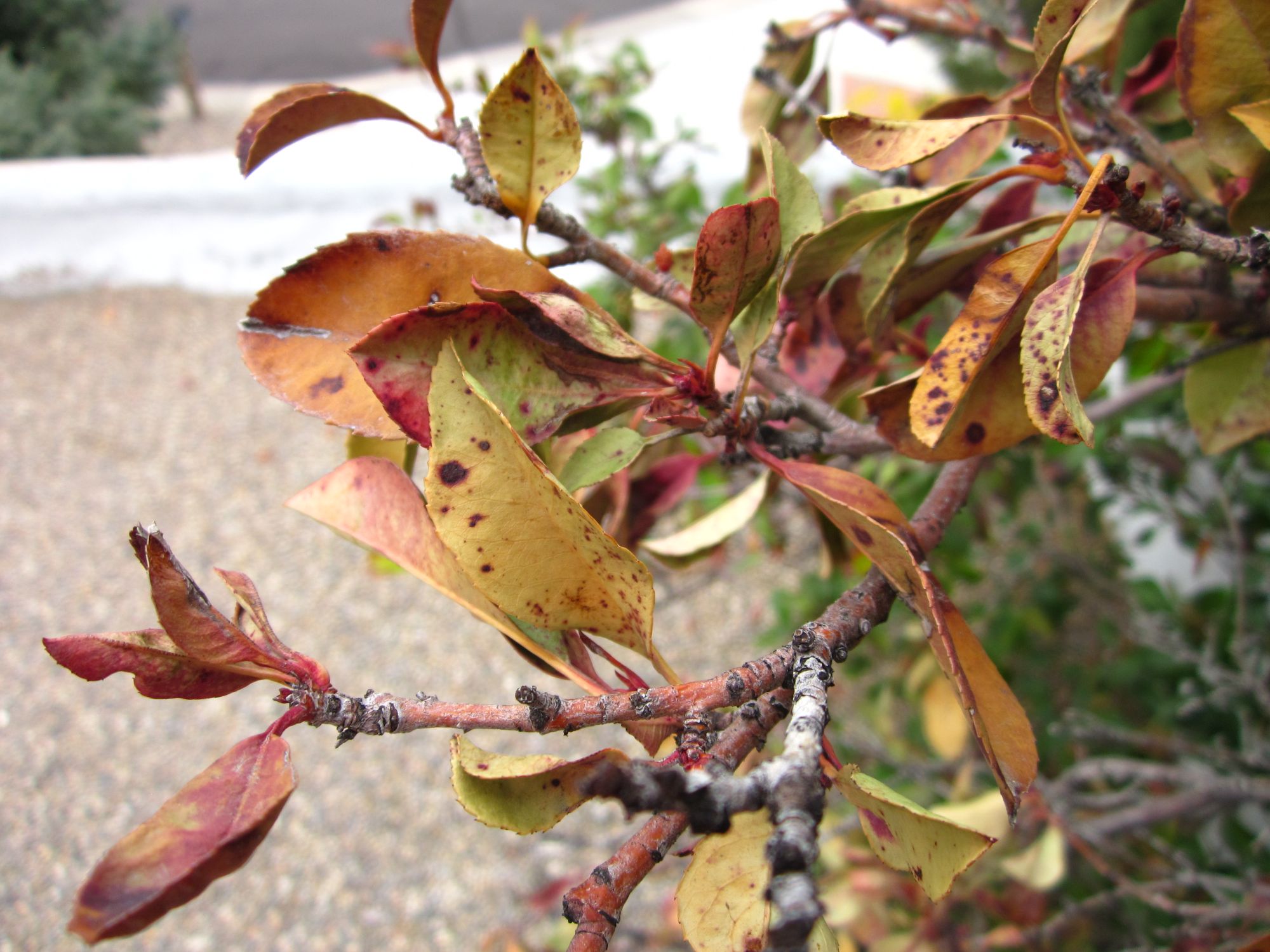Table of Contents
In our gardens, the Red Robin plant is a tribute to nature’s beauty with its vivid crimson leaves. Many horticulturists adore it because of its remarkable look and flexibility. But the sad sight of a dying Red Robin can be perplexing and depressing.
The first step in restoring its health is understanding the fundamental reasons for its deterioration. Its declining health may be caused by various circumstances, including nutritional shortages, insect infestations, and environmental stresses.
We will explore the various causes of your Red Robin plant’s declining vitality. We will provide knowledge and useful tips to help it regain its formal splendor if you wish to learn when to prune Red Robin. There should be a careful observation of the plant, and it must be given the proper care to prevent it from dying.
Factors Leading to The Deterioration of The Red Robin Plant
Several variables might cause your Red Robin plant’s declining health condition, but what can they be? Find out the various causes, factors, and all that are behind its deterioration and provide workable remedies to restore its vigor.
1. Effect of The Environment
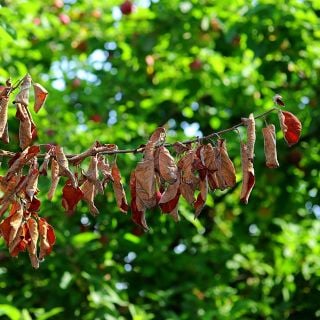
Environmental factors are one of the main causes of a failing Red Robin plant. Extreme heat, poor soil conditions, limited drainage, and unsuitable planting circumstances are a few examples of these. Red Robin plants do well on soil that drains well and possess a pH that is just slightly acidic. Poor drainage can result in soggy roots, which can decay and cause eventual decline.
So, how would you protect your plant from such an environmental condition? By selecting a well-draining soil combination and enriching it with organic matter, you may ensure an ideal planting condition for the Red Robin. Make sure that the plant gets some but not too much solar exposure by keeping a check on it. By providing covers during chilly winters and or sweltering summers, you may shield it from adverse weather conditions.
2. Plant Deterioration Due to Pests
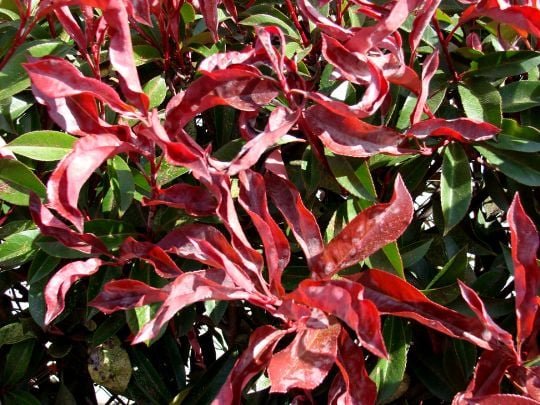
Your Red Robin plant’s health might suffer greatly from pests. Scale insects, Aphids, and spider mites are some common and typical offenders that harm the plant. These pests undermine the structure of the plant by feeding on its sap, which results in wilting, curling, or discolored leaves.
To save your plants from these dangerous pests, you must look for indications of insect infestations regularly in your Red Robin plant. Use organic insecticidal soaps to repel these pests or introduce natural predators like ladybirds. Competent horticulture can provide specialized remedies for pests that are capable of destroying a plant.
3. Infections via Fungus or Bacteria
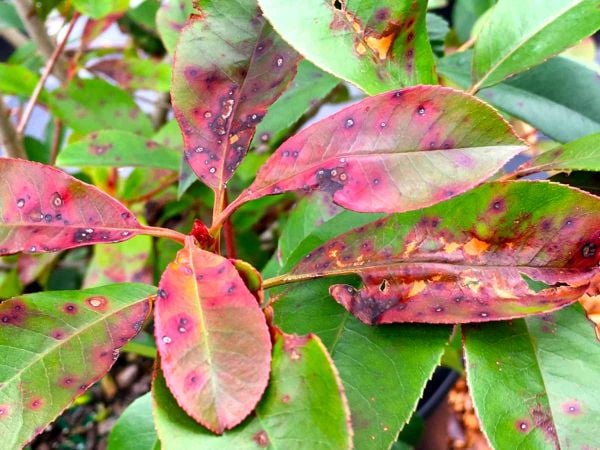
Infections caused by bacteria and fungi can seriously harm your Red Robin plant. Wilting and darkening of leaves can be caused by leaf spots, fire blight, and other such diseases. Conditions that are humid and have poor air circulation can make these plant diseases worse, leading to the deterioration of the plant.
Use a fungicidal therapy created especially for the illness you have diagnosed. To stop the spread of the disease, prune the afflicted branches, being sure to clean your pruning tools thoroughly after each cut. By judiciously removing the thick foliage, you may improve the air circulation around the plant.
4. Lack of Required Nutrients
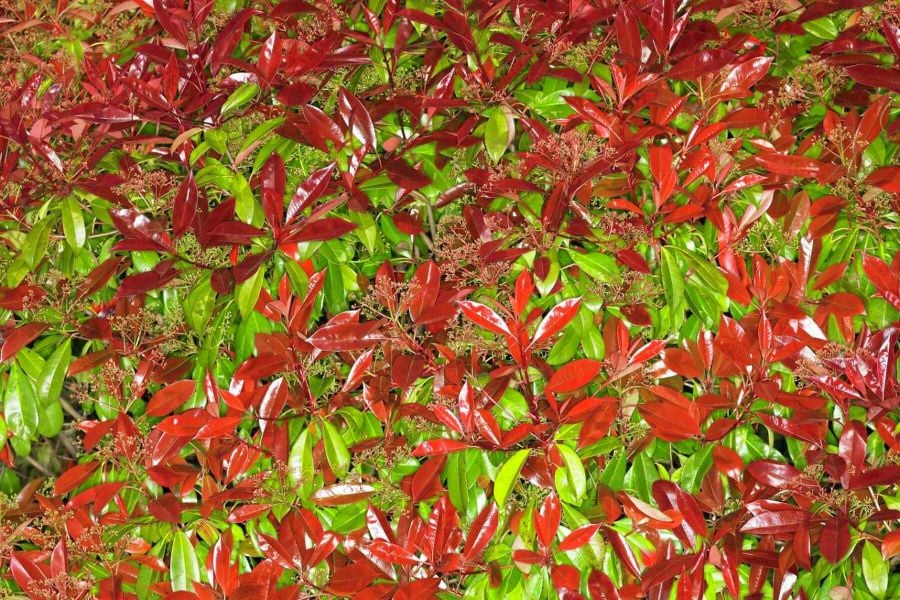
Red Robin plants may exhibit nutrient deficits in the form of yellowing leaves, reduced growth, and generally weak vigor. Insufficiencies in potassium, iron, and nitrogen are typical. These important minerals are necessary for strong plant growth and healthy foliage.
To determine particular nutrient deficits, do a soil test. Add a balanced, slow-release fertilizer to the soil that is designed to address the inadequacies found there. Additionally, to enhance soil fertility and structure, you may think of adding some organic matter to the soil, like compost.
5. Watering of Plants
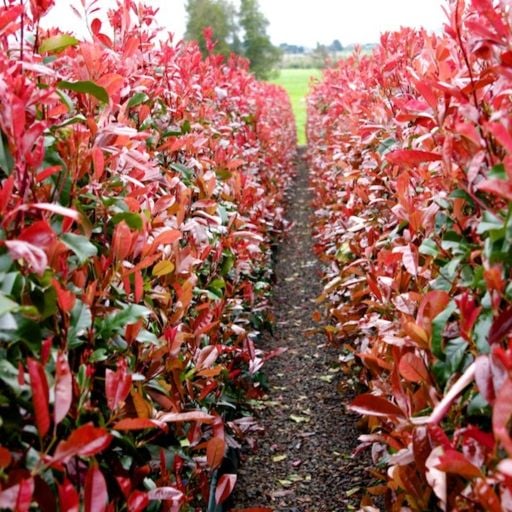
A Red Robin plant’s health can be negatively impacted by either over-watering or underwatering. Inconsistent watering practices might cause the plant to get stressed, which can harm its roots and decrease its health. Additionally, drenched roots might encourage the development of some dangerous infections, and you are already aware of how the infections can harm the plant.
Establishing a routine for watering, giving the roots a deep, thorough soaking to ensure they receive enough moisture. Check the moisture levels of the soil by sticking your finger up to two inches into it. If the soil feels dry at this depth, it is time to water the plant. Make sure there is adequate drainage to stop water from collecting around the roots.
All these are considered to be significant factors that destroy the Red Robin plant and can be the reason why they die. However, following these solutions carefully and completely may help your plant from deterioration.
Wrapping Up!
The durability and flexibility of the Red Robin plant are demonstrated by its life in the complexities of nature. It turns into a call to action and a saddening situation with the failing health of the plant. We find the keys to its resurgence by separating the complex web of possible stresses, from environmental difficulties to insect infestations and nutritional shortages. We set out on a path of renewal with wisdom and tenderness, nourishing its roots and attending to its needs.
Keep in mind that the most significant thing for a gardener is patience. You take on the role of a custodian of nature’s timeless beauty as you see the gradual revival of its vivid red-colored and sturdy leaves. The plant may be given a new life with dedication and love, allowing it to flourish well with all its capacity.

